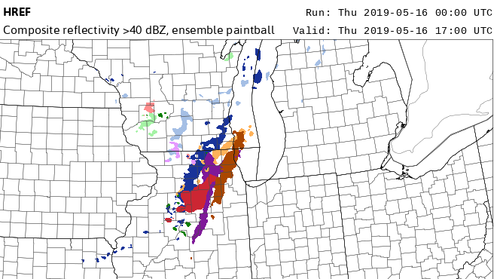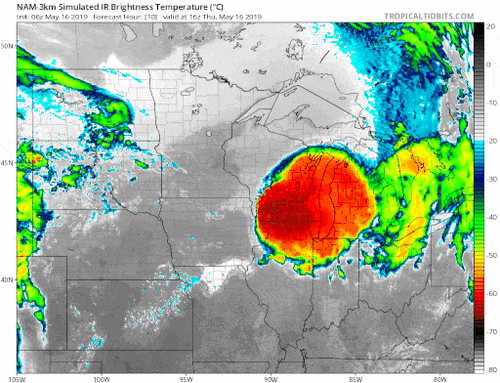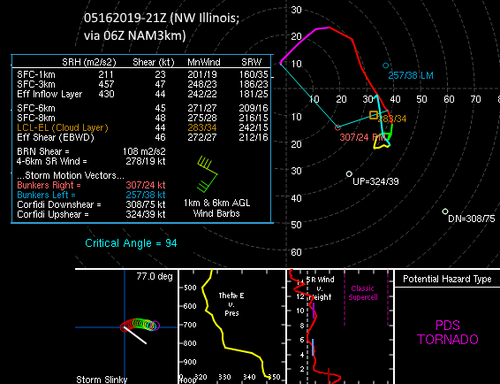Dan Ross
EF0
Sometimes it appears all the conditions are present for big tornadic supercells, and yet the potential goes unrealized, like a bomb that never goes off. Obviously a cap bust is a prime example. However I was looking at HRRR runs for tomorrow afternoon in northern IL (particularly northeast) and some of the values are downright scary. MLCAPE 3000, 0-1km SRH 250 - 300, 0-6km shear 50+, STP 5+. SPC only has the area in a slight risk with no sig severe probs, and tornado prob < 2%, and doesn't even mention the area in their discussion. Northwest flow setups are more common later in the season of course, but weather doesn't care what month it is, if the conditions are present...
One might think if storms initiate, they'd be powerful supercells with a risk for violent tornadoes. I'd love to hear others' thoughts on what's likely holding this region back tomorrow. Obviously it's not a textbook setup (located in the exit region of a powerful jet streak rounding the base of a negatively tilted trough with backed surface winds across a warm sector, etc.)
Maybe a lack of large scale ascent/upper level energy to aid the process? My working knowledge of synoptic scale meteorology hardly "works" at all , so I'd love to hear input from more experienced forecasters if they have the time!
, so I'd love to hear input from more experienced forecasters if they have the time!
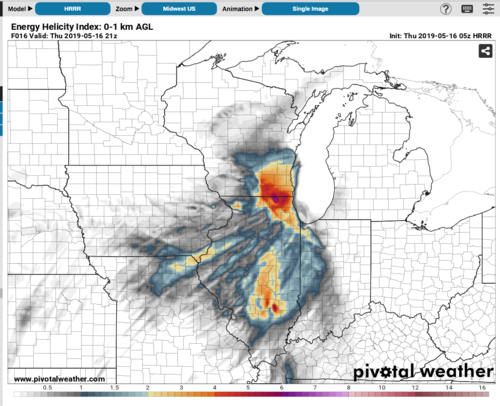
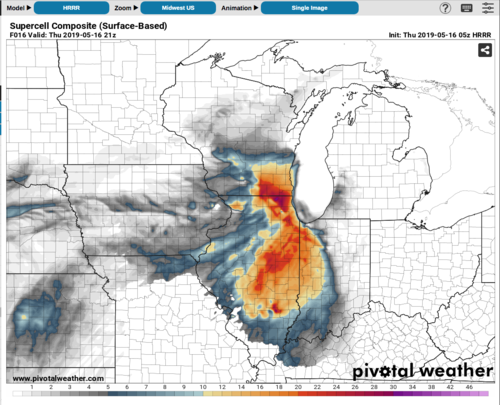
One might think if storms initiate, they'd be powerful supercells with a risk for violent tornadoes. I'd love to hear others' thoughts on what's likely holding this region back tomorrow. Obviously it's not a textbook setup (located in the exit region of a powerful jet streak rounding the base of a negatively tilted trough with backed surface winds across a warm sector, etc.)
Maybe a lack of large scale ascent/upper level energy to aid the process? My working knowledge of synoptic scale meteorology hardly "works" at all



